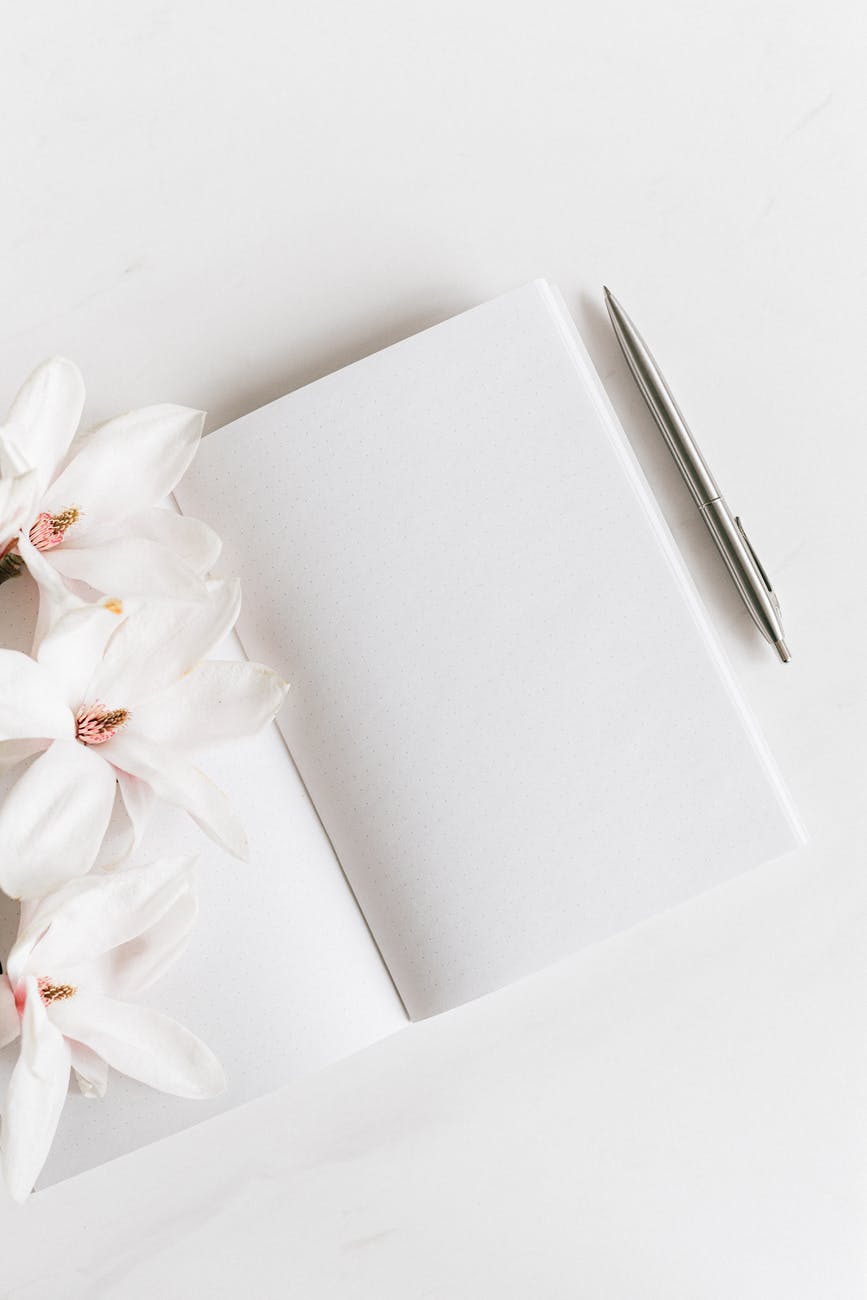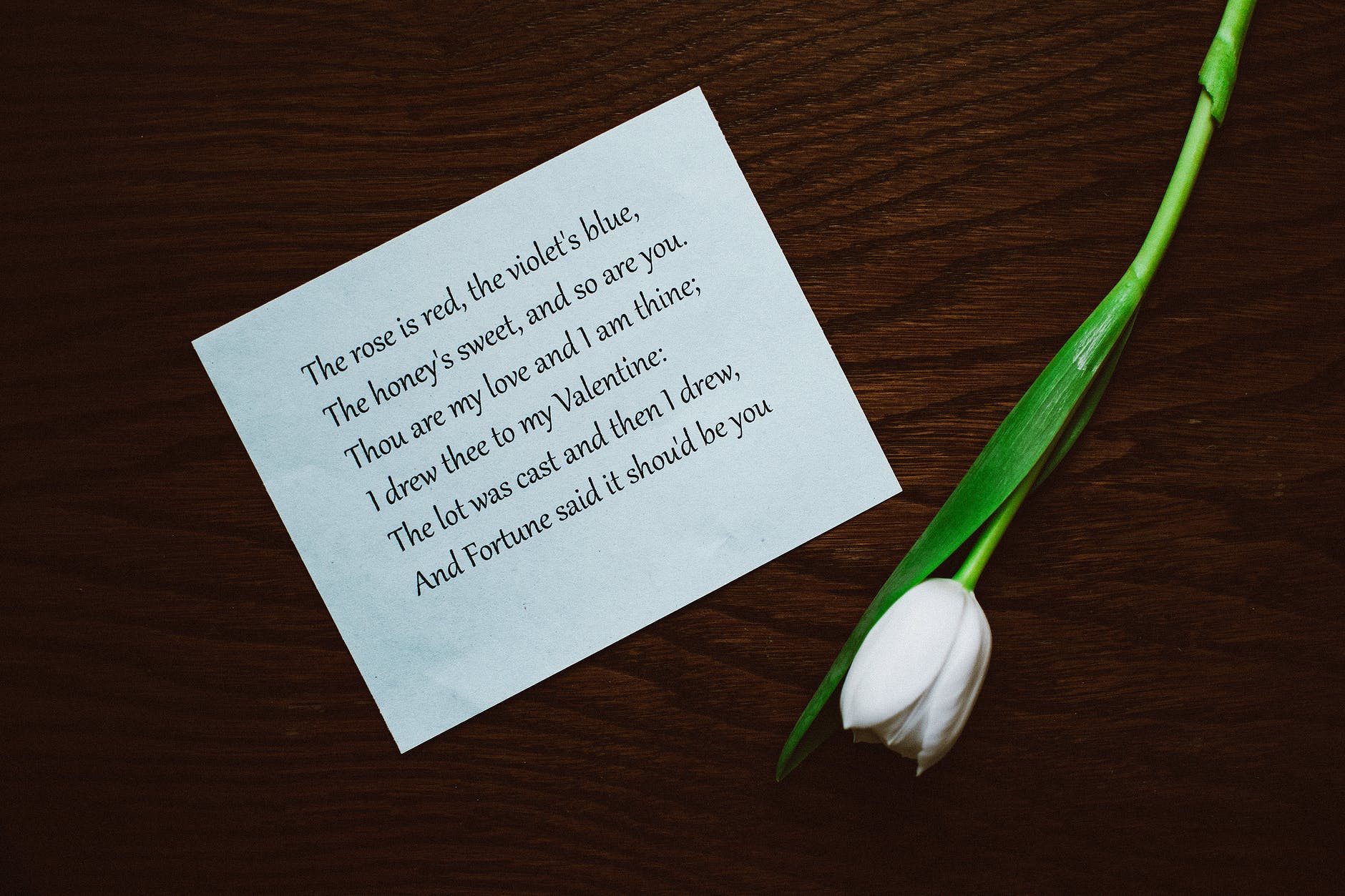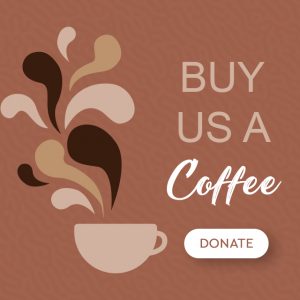In Nigeria, the agitation for social change reached a frightening crescendo last week. Peace was stretched to yield point and the streets were a melange of chaos and violence. Abdulbaseet Yusuf shares his thoughts about these happenings, emphasizing the need for protest poems and its often underrated potential to document these times. You will enjoy every paragraph of this impressive essay.
Art is on the side of the oppressed.
— Nadine Gordimer
Faraway in the Middle-East, the Burj Khalifa was lit up in the colours of the Nigerian flag on October 1 – the Nigerian Independence. In Nigeria, not many are that effusive about the Independence. In between those who label the Independence as a celebration of faux liberation, and those who drape themselves in flags and take photos of themselves coming out of dumpsters, majority of the educated youth are simply apathetic. Even those who watch the local TV’s coverage of the Independence event do it more for the calisthenics on display at the Eagle Square than for the Presidential address.
Seeing these Nigerians, formerly unconcerned about the country’s affairs, rise and demand for change, days later, was thus a spectacle. There have always been pockets of agitation against police brutality in the past, but it reached tipping point when a young motorist was shot in Delta. The video also showed the SARS officer driving off with the man’s car. In the week that followed, protests broke out all over the nation. To the question:
What is the role of the arts – poetry specifically – in this struggle?
I received invitation to join the Friday Instagram Live of Open Arts to discuss this exact topic. Poor network frustrated that outing, unfortunately. Can poetry be deployed as a form of protest? Yes, of course. Poetry has long been used as a socio-political tool. West African griots had elevated roles in societies as the custodians of tradition. Poetry was recited in courts to sing praise of rulers, to commemorate special events.
Now, just as ever, language is rightly perceived as a weapon. It is one that oppressive rulers have harnessed to make or mar history. For instance, if you dig into the thesaurus, you will find that demonstration and riot, in the littlest degree, are synonyms. In the hands of a mischief maker, the latter could be used to label a peaceful protest. This singular action can change the entire narrative. And through history, we have seen this tweak happen. Cue: Aba Women’s Riot?
Art cannot exist in a vacuum. Because every piece of art mirrors society in one way, every artist is therefore a witness to politics of the society. Many poets have taken up this mantle. The Nigerian poetry scene is replete with shining examples. A fine chunk of the poems written in the years after Nigeria’s first Independence in 1960 were protest poems. Writers like Soyinka, Christopher Okigbo, JP Clark, and even Chinua Achebe all gave their voice to lament some of the ills of the post-colonial era: Civil War, racism, and military dictatorship. This is the same all around 20th century Africa. David Diop’s poem comes to mind:
“Africa, my Africa
Africa of proud warriors in ancestral savannahs ….
Is this your back that is unbent
This back that breaks under the weight of humiliation…”
What do protest poems do?
However flimsy, no poem is without intent. Protest poems seek to challenge norms, to decry oppression, and to unravel truth. As Owen Wilfred puts it, true poets must be truthful. It is therefore the duty of artists to pull every artistic element in their arsenal to truthfully document these events. In times of strife, documentation alone is an act of resistance.
We have seen, these past few days, attempts to whitewash happenings and change narrative. If these events are not documented by the writers of the time, they would be doing a great disservice to the future generation. In a chat with a friend recently, we talked about how thin the history of African families are, how their stories taper into nonexistence after the second generation. Why? Documentation.
Why poets?

Why place this burden on poets, one might ask. Couldn’t we just write essays about what happened? Of course, we could. But poetry uses language in ways that are unmatched by any other art form. In the words of Nobel Prize winner, Louise Glück, poetry has the ability to haunt and haunt. I often return to Warsan Shire‘s Home.
“nobody leaves home unless
home is the mouth of the shark”
The British-Somali poet’s description of the struggles of immigrants from a war-torn country is one that’s just as tender (in its rawness) as it is clingy. Like the hands of a newborn clasped around one’s forefinger.
Or is it Pablo Neruda’s graphic use of language in his poem, I Explain Some Things:
“Come and see the blood in the streets,
come and see
the blood in the streets,
come and see the blood
in the streets!”
The magic in poetry lies in its ability to be, at once, mysterious and clear, to paraphrase Glück again. It is also in its ability to be rhythmic, repetitive, to become a chant that asks no permission before it acquaints itself with our lips.
In this regard, essays, bogged down by facts, may come off as mechanical. And prose, a tad insufficient. In the words of Paul Valery, “the nature of prose is to perish. Poetry lasts because it gives the ambiguous and ever-changing pleasure of being both a statement and a song”.
Some examples of protest poems

Protest poetry is able to incite action. Walt Whitman’s Beat! Beat! Drums! is just as ominous in its warning of Civil War in America as it is sonorous in its delivery. So sonorous that it says in one of its lines to:
“…Leave not the bridegroom quiet — no
happiness must he have now with his bride…”
Poetry is able to stir empathy. Maya Angelou’s Caged Bird invites you (or the oppressor) to come see the wickedness of racism. In it, she juxtaposes the life of the free bird and that of the caged bird.
It is the nature of humans to become desensitized to tragedy upon constant exposure. A decade-long battle against insurgency has made killing a sort of norm in Nigeria. Sharply written poetry can thus cause readers to feel, can file off the crust coating their hearts.
While protest poetry comes from a charged place, a place of passionate emotion, the poet must keep art in his mind. This bit is important. In the introduction to Ngugi Wa Thiong’o’s novel, The River Between, Uzodinma Iweala mentioned that Ngugi’s body of work is “unapologetically ideological while at the same time concerned with the aesthetics that distinguish art from propaganda”. I think this is what poets should aspire to do with their protest poems — the blending of art and passion. Protest poems can wear many forms. Not all take up tones of defiance or lament, some are satirical (Wole Soyinka’s Telephone Conversation) or reproachful (Thomas Hardy’s Channel Firing).
By way of conclusion
In all, can we say it is the obligation of a poet to write socially conscious poems? Tempting as it may be to say yes, I’d say no. I do not like the idea of policing people’s art — where’s the spirit of the art if altruism is absent? Neruda himself was more of a romantic until the assassination of his friend Federico Garcia Lorca (a poet, too) during the Spanish Civil War for forming an Anti-Fascist Alliance.
Nonetheless, it sure has been one wild October in terms of activism. In faraway Chile, the government has succumbed to the protestors’ demands to amend the constitution. Pablo Neruda is Chilean. I have read somewhere that the protestors, in addition to their songs and cacerolazo, recite some of Neruda’s poems. It would be an overreach to say Neruda’s poems touched the heart of the government. But we could say the protestors themselves were spurred on by it.





